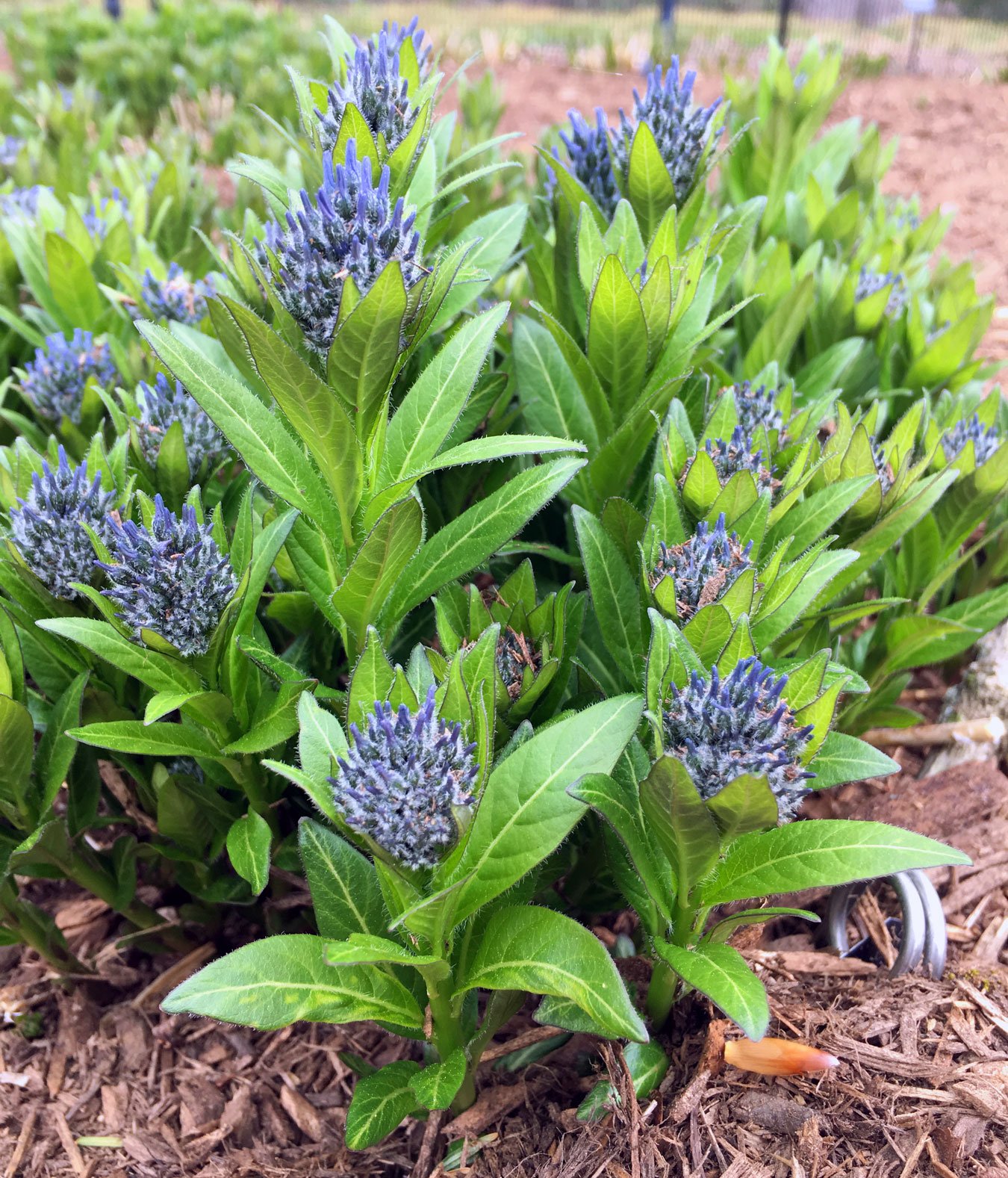Cultivar Plants: A Deep Dive into Human-Selected Varieties
Cultivar plants, the result of human intervention in the natural selection process, have played a pivotal role in shaping human civilization. These artificially selected varieties of plants have been bred to possess specific traits that make them more desirable for various purposes, from food production to ornamental landscaping. In this comprehensive article, we will delve into the fascinating world of cultivar plants, exploring their history, characteristics, and significance.
1. The Origins of Cultivar Plants
The domestication of plants, which led to the creation of cultivar varieties, is believed to have begun around 10,000 years ago in the Fertile Crescent of the Middle East. As early humans transitioned from nomadic hunter-gatherers to settled agriculturalists, they began to select and cultivate plants with traits that suited their needs, such as larger fruit, higher yields, and resistance to pests and diseases.
Over time, through selective breeding and hybridization, humans have developed a vast array of cultivar plants, each with its own unique characteristics. These cultivars have been adapted to various environments and have played a crucial role in supporting human populations throughout history.

2. Characteristics of Cultivar Plants
Cultivar plants exhibit a wide range of characteristics that distinguish them from their wild ancestors. Some of the most common features of cultivars include:
Increased yield: Cultivars are often bred to produce higher yields of fruit, seeds, or other edible parts.
3. The Importance of Cultivar Plants
Cultivar plants have had a profound impact on human society in a variety of ways. Here are some of the key reasons why they are so important:
Food production: Cultivar plants are the primary source of food for humans and livestock. They provide essential nutrients, vitamins, and minerals that support our health and well-being.

4. Challenges and Opportunities in Cultivar Development
Despite their many benefits, cultivar plants also face several challenges. These include:
Genetic diversity: The continued use of a limited number of cultivars can lead to a loss of genetic diversity, making them more susceptible to pests, diseases, and climate change.
To address these challenges, researchers and breeders are working to develop new cultivars that are more sustainable, resilient, and nutritious. This involves using advanced technologies such as genetic engineering, precision breeding, and genomic sequencing.
5. Cultivar Plants: A Testament to Human Ingenuity
Cultivar plants are a testament to human ingenuity and our ability to adapt to changing environments. Through careful selection, breeding, and cultivation, we have created a vast array of plant varieties that have supported our civilizations for thousands of years. As we continue to face new challenges, such as climate change and population growth, the importance of cultivar plants will only increase. By investing in research and development, we can ensure that these valuable resources continue to provide for future generations.

Cultivar plants are an essential part of our lives, providing us with food, economic benefits, and cultural enrichment. By understanding their origins, characteristics, and significance, we can appreciate the remarkable achievements of our ancestors and the ongoing efforts of scientists and breeders to develop new and improved varieties. As we look to the future, it is clear that cultivar plants will continue to play a vital role in shaping our world.

:strip_icc()/Star-Jasmine-Bb09HQPpasXBPjzYMW55cV-cae2b5707aa74a3ba328959ad0357284.jpg?w=200&resize=200,112&ssl=1)




